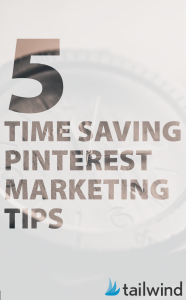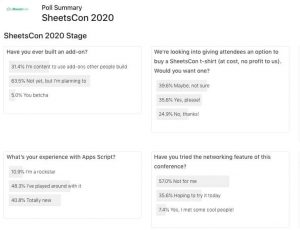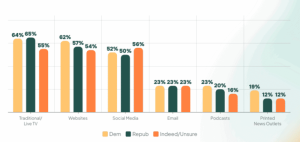
You spent hours laboring over a blog post. You did your research and fussed over sentences until they were just right. The only thing standing between you and your next task is a headline.
You take a few seconds, jot down the first thing that comes to mind, and move on.
Don’t do that.
You’re cheating yourself out of more readers by not applying the same effort to your headline, as you did to the rest of your piece.
The headline is the first – and sometimes only — thing your audience sees before deciding to open your blog post. It needs to be worthy of being clicked on.
During a Web Headlines seminar by the Poynter Institute, John Schlander, the Tampa Bay Times’ digital general manager, shared an easy-to-remember approach to online headline writing.
Your headline has three goals, he said. If it captures deeper meaning, reader interest and search value, you’re in good shape.
These nine tips will help you achieve those goals.
1. Keep it short. Although bloggers, online journalists, and other writers are not limited by a newspaper’s narrow columns, you do need to consider the web’s equivalents: Search Engine Result Pages (SERPs) and social media.
After Google’s most-recent SERP redesign, Moz released new guidelines for page title/headline length. There’s no magic number due to the varying widths of letters on Google. However, under the new design, Moz says 55 characters is a safe bet before your headline gets cut off in SERPs.
If your headline is close to or more than 55 characters (including spaces), make sure the most important information is near the front.
2. Don’t aim for cute. I LOVE puns, so it pains me to say they’re better left out of your online headline. Your headline has to live on its own in search results, as a tweet, or in a mobile news reader. You don’t have the luxury of a photo or subhead on the newspaper’s front page to explain “Scrape Me Up Before You Go Slow.”
If you saw that in your search results, you wouldn’t know the article was referring to a car accident involving George Michael. Even if you can decipher the article’s topic from a pun, wordplay takes up room you don’t have. Clear, descriptive language that explains what the article is about would be more useful.
3. Keep your sights on why. The who, what, when, and where of your story are very important to the headline, but you also need to demonstrate why your audience should care to click on it. Is there an emotion this story taps into? What is the deeper meaning or impact this news has on your audience and its community? Ask yourself what would make you click on your own headline.
4. Understand your audience through research. Keyword research and website analytics give us insight into our target audiences’ behaviors. We don’t have to guess (as much) about what our audience will or won’t respond to. By studying the different topics your audience is interested in, the words they use to search for those topics, and the headline triggers they respond to (numbers and calls to action are a good place to start), you can craft a headline that’s found, clicked, and shared.
5. Don’t be tone deaf. Once you’ve identified the ‘why’ of your story, you must consider the topic’s tone. Is it serious, informal, sentimental, or irreverent? Make sure that’s reflected in your headline. If, like me, you struggle with capturing a funny tone, comedian Michele Wojciechowski offers advice on adding humor to your writing. Cultural differences also should be considered when determining what’s acceptable.
6. Be consistent with your site’s voice. In addition to recognizing the appropriate tone for your story’s topic, you need to understand and be consistent with your site’s overall voice. Know how offbeat and radical you can be. How authoritative you should sound. You set your audience’s expectations. Although it’s sometimes OK to challenge those expectations, if your piece is going to seem out of place on your website, make sure it’s for a good reason.
7. Don’t fill it with “headlinese.” Because of newspaper formatting, some journalists developed a reductionist headline style, favoring short synonyms and jargon not typically used by their audience. This ‘headlinese’ has led to many examples of unintentional (and hilarious) ambiguity. Ambiguity doesn’t work online. Instead, use language you’d use in ordinary conversation.
8. Write more than one headline. Congratulations if your first attempt at writing a headline is perfect. Unfortunately, that’s usually not the case. After the Poynter seminar, I now write three to five headlines because it forces me to focus on all of the details in my story. Your headline variations don’t need to be dramatically different. Sometimes, it’s a slight tweak to your keywords or combining of elements from the other versions. It also can mean flipping the action’s point of view.
9. Don’t save your headline until the end. There are valid arguments on both sides of the “write the headline first vs. write it last” debate. I used to advocate for waiting until the end to write my headline. Then I tried writing it earlier in my blogging process and found it helped the rest of my post.
I still do my newsgathering first; however, after reviewing my notes and seeing what the story is, I write the headline before anything else. I’ll edit my headline after writing my first draft, but having one early on helps me organize the article and find my lede.
Don’t feel overwhelmed. There’s art and science to headline writing and the only way to get better is with practice.
Business Articles | Business 2 Community
(451)










